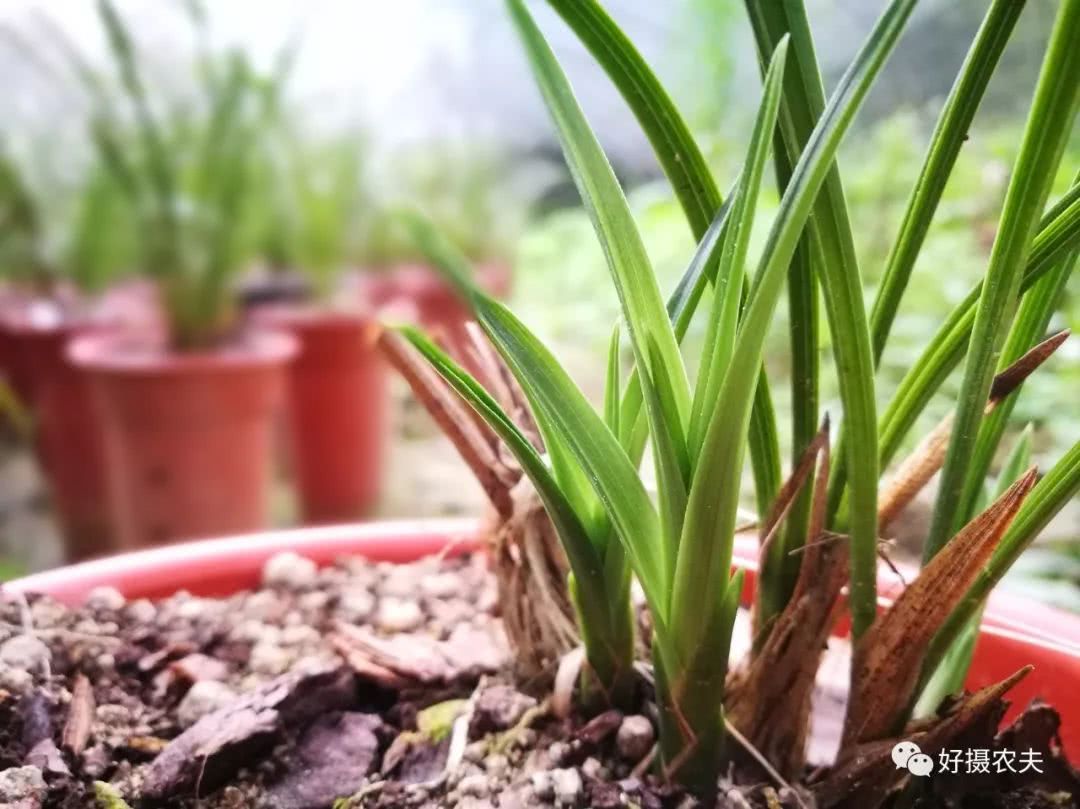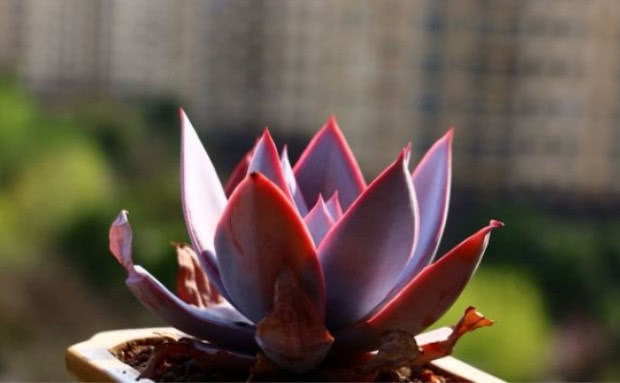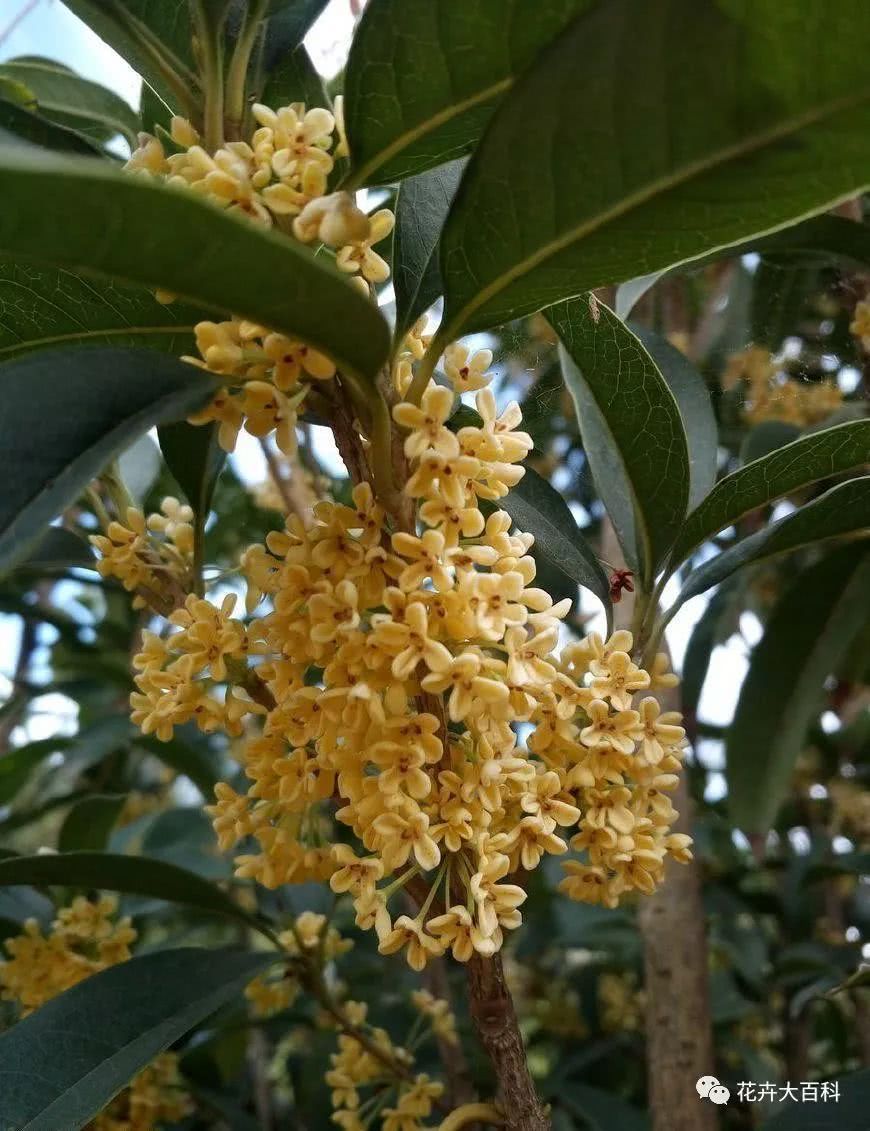One of the things that can not be ignored in raising orchids in summer will affect flowering.

The hot summer is about to pass, but the orchid friend who has been through the summer dare not relax his efforts. If the Beginning of Autumn encounters an autumn tiger, the orchid may still be spoiled by the heat. Careful orchid friends will find that the temperature difference between day and night in the weather after the Beginning of Autumn gradually increases, which is very beneficial to the growth of plants. Especially like the mountains where good farmers live, the temperature difference between day and night has now reached about 15 degrees.
In the management of orchids during this period, in addition to normal water and fertilizer, there is another one that can not be ignored. Summer is too hot, some orchids will move orchids to indoor shade, may ignore the orchids' need for sunshine. With the increase of the temperature difference between day and night, the orchid receives photosynthesis to produce nutrients during the day, and the temperature drops suddenly at night, these nutrients will not be consumed, but will be stored in the orchid plant, and the flower bud germination in the second half of the year depends on these accumulated nutrients.
Yangguang's orchid leaves have been working (photosynthesis). Photosynthesis not only produces chlorophyll and nutrients, but also connects leaves and roots, which seems to be a bit like a martial arts novel. Orchids that lack photosynthesis are easy to get diseases, which is the reason why they can't get up and down.
The sun is still very strong after the Beginning of Autumn. What orchids like most is the morning sun. There is no problem in the sun until 10:00. If you can't get the sun in the morning, it's okay to choose the dusk sun. According to the growth characteristics of plants, most plants like the morning sun because they can dry dewdrops in time.
What are the sequelae of orchids that lack sunshine? First of all, the leaves will look lethargic, like bean sprouts. And the lack of chlorophyll in new seedlings will also look thin. The most important thing is the lack of a lot of photosynthesis, can not accumulate nutrients, leading to flower bud germination after autumn.
Orchid friends, did your orchid bask in the sun?
- Prev

Ten kinds of thin-leaf succulent plants with immortal flavor come to see how many kinds of succulent plants you have in your home.
When it comes to succulent plants, people's minds are mostly fleshy, sprouting, fat, thick-leaved succulent plants. But in fact, there is also a kind of thin-leaf succulent plants, elegant and dusty, immortal. Today, a small delicate life is the same as a big one.
- Next

Brief introduction of Osmanthus fragrans Culture
Osmanthus fragrans are evergreen dwarf trees or shrubs with grayish brown bark and yellow-brown branchlets, glabrous. The Corolla of sweet-scented osmanthus is white, light yellow, yellow or orange, Cymes growing in leaf axils, with a large number of flowers in each axil. Osmanthus fragrans.
Related
- Wuhan Hospital Iron Tree Blooming Result Was Instantly Frightened by the Gardener Master
- Which variety of camellia is the most fragrant and best? Which one do you like best?
- What is the small blue coat, the breeding methods and matters needing attention of the succulent plant
- Dormancy time and maintenance management of succulent plants during dormancy
- Minas succulent how to raise, Minas succulent plant pictures
- What are the varieties of winter succulent plants
- How to raise succulent plants in twelve rolls? let's take a look at some experience of breeding twelve rolls.
- Attention should be paid to water control for succulent plants during dormant period (winter and summer)
- Watering experience of twelve rolls of succulent plants
- Techniques for fertilizing succulent plants. An article will let you know how to fertilize succulent plants.

